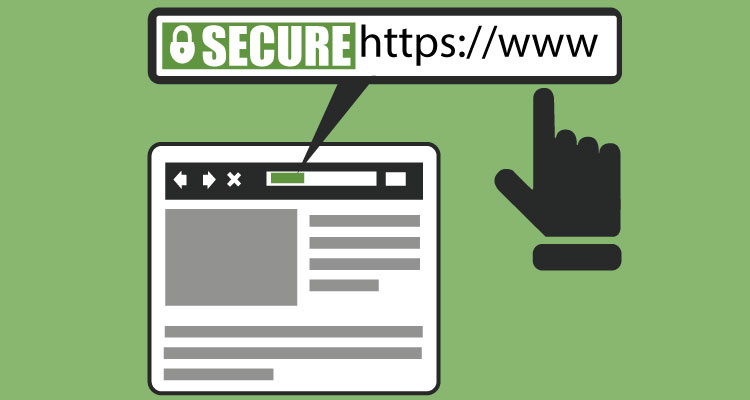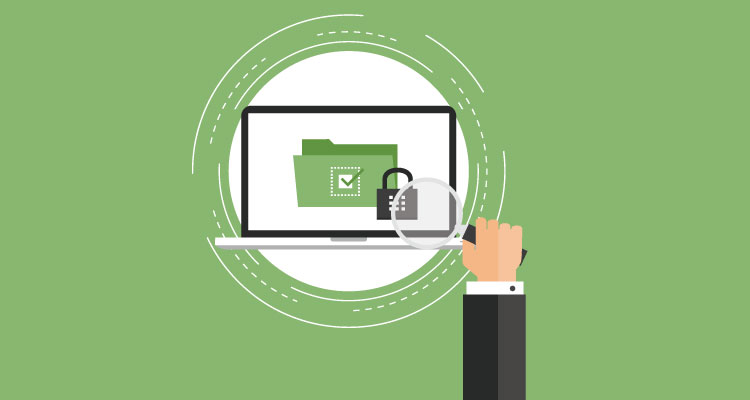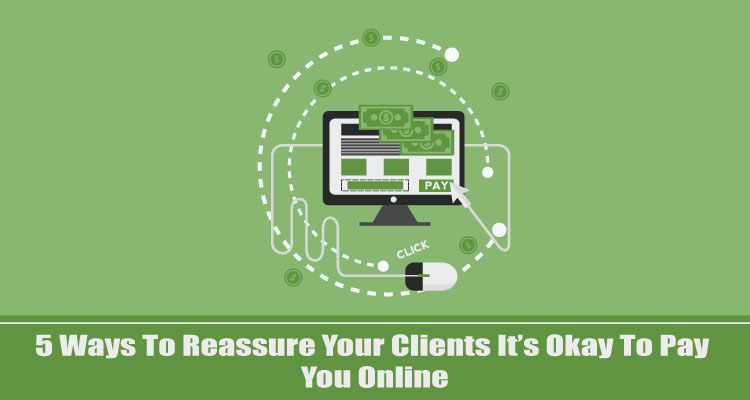You only have seconds to win-over a website visitor. In that brief time, those individuals will decide if they want to pay for the products or services you’re offering, and whether your site responds the way they want it to. They will also determine if you are trustworthy.
Even if potential customers like what you offer, what if they don’t trust you?You’re still not going to close the sale because security is one of their top priorities. How can you reassure your clients that it’s alright to pay you online?
Table of Contents
ToggleHere are 5 ways to ensure clients it’s safe.

1. Be legit – and look like it.
This means having an updated site that looks professional. It should be easy to navigate, load quickly, have a fully developed contact page, and clearly explain what you offer.
Don’t forget to personalize your site by having a page that describes who you are along with images of you and your team. Remember, people trust people, not just websites or webpages.
You should also be active on social media. Don’t be afraid to share testimonials or reviews. After all, testimonials are one of the most powerful trust signals you can use on your website or marketing campaign.

2. Clearly display security logos and site seals.
This is probably the most obvious method for earning the trust of your customers. it includes logos or seals like your SSL certificate. Place these in a spot that is easy to find like the home page and checkout page. This information assures clients that their information is encrypted through Secure Sockets Layer. Other examples of trust marks include the Better Business Bureau, Chamber of Commerce, or anti-virus software like McAfee or Norton.
3. Require multiple authentication layers.
If you want your customers to believe that their information is safe and secure, then require several verification layers before login information is restored. For example, if a customer forgets their password, ask several security questions before sending an email to a predetermined email address.
After they open the link in the email, that address is then verified so that more information can be provided. The more steps that your site requires to verify a visitor’s identity, the lower the risk that their information will be compromised. A word of caution, though. If your site is secure, but too much of a hassle for customers, you’ll get dumped, too.
4. Mitigate customer’s risks.
Address any possible concerns upfront. This starts with clearly describing your products or services so that your customers and clients are positive that they’ll enjoy what you’re selling. Also explain your return policy and the cost of shipping.
Another way to mitigate customer’s risks is to prevent pop ups or redirecting customers’ to a different page. These raise red flags to customers and prevents them from trusting you when it’s time to pay you online. Sometimes this is can’t be avoided, like if you’re using a third-party credit card processing site.

5. Offer multiple payment options.
With the amount of security breaches from major retailers, it’s no surprise that customers are hesitant about sharing their credit card number. You can ease that fear by accepting multiple forms of payments. For example, people trust digital or mobile wallets like PayPal and Due to pay you. That’s because they don’t have to share their payment information with you. The information is already stored in a secure and trusted wallet so they don’t have to keep entering that information.
Other secure payment options would be to accept eChecks or eCash like bitcoin. These options require multiple forms or verification and transactions are never authorized until both parties involved agree on the transaction.
For better customer relations now and in the future, you will need to have them feel confident that you can handle the security of their personal information.















